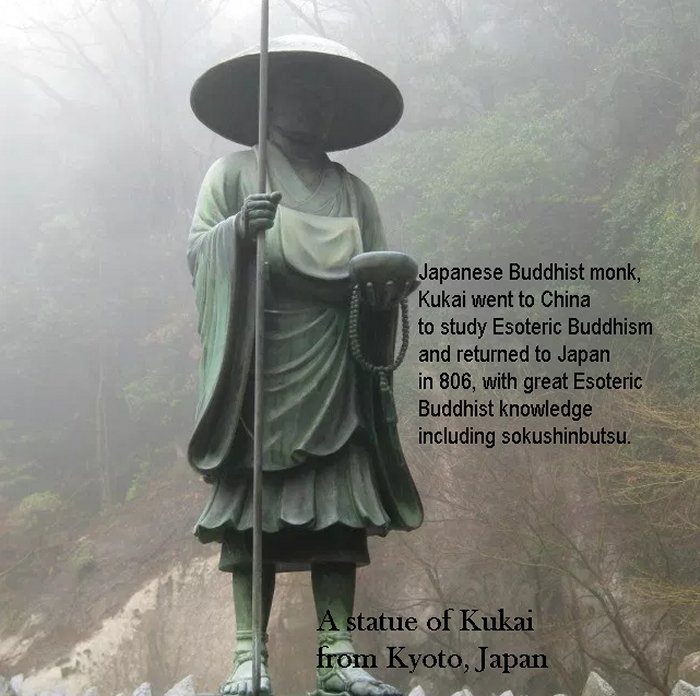What Was The Extreme Ritual Of Sokushinbutsu?
A. Sutherland - AncientPages.com - The Sokushinbutsu Buddhist monks of northern Japan were those who were able to mummify their bodies while alive.
These monks practiced an extreme, physical act of self-deprivation. They spent years slowly preparing their bodies by starving themselves to death, according to a carefully prescribed method.
The procedure could gradually change their bodies to the physical state necessary for mummification.
The purpose of successful act of self-deprivation was to disregard their physical self.
Those who were successful at mummifying themselves were considered by their followers to be a Buddha. Their preserved bodies would be displayed in temples; a symbol of the possibility of attaining the status of Buddha.
There are only between 16 and 28 known successful cases of self-mummification (Sokushinbutsu), however, only 16 of them can be visited.
The Sokushinbutsu monks were first of all, elderly Buddhist monks of the Shingon (or the so-called “True World”) sect founded by the great Kukai (774–835). He was sent to China by the Japanese emperor at the beginning of the 9th century. There, he became a disciple of Huikuo, a great Buddhist teacher.
Later, he returned to Japan and brought with him many esoteric practices. One of them, was a secret tantric ritual 'sokushinjobutsu' (“attaining Buddhahood in the flesh”). It was an extreme ascetic and suicidal practice of self-mummification.
Kukai founded a monastery on Mount Koya, beginning the Shingon school of Buddhism. Shingon foundation was based on the belief in the three mysteries of Buddhism - body, speech, and mind. It was thought that one could attain Buddhahood through mastering any one of them.
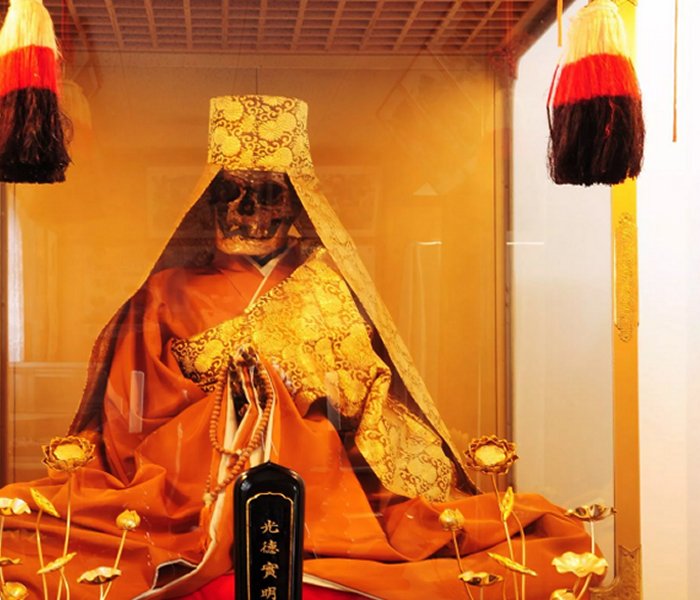
The Sokushinbutsu monks were first of all, elderly Buddhist monks of the Shingon (the so-called “True World”) sect founded by the great Kukai.
The Sokushinbutsu monks believed that physically destructive acts lead to the path of enlightenment. It is said that Kukai himself is still sitting in the lotus position inside the stone of Mount Koya, although the public are not allowed to see him.
After he died, Kukai was known as Kobo Daishi ("The Grand Master Who Propagated the Buddhist Teaching").
Long-term starvation
During the first stage of the Sokushinbutsu process, lasting 1000 days (almost 3 years) the monk had to follow very rigorous physical exercise every day. His only food was nuts and seeds. Now, his body fat was almost completely eliminated and he could begin the next step in the Sokushinbutsu ritual.
For the next one thousand days, he would move on to an even sparser diet of bark and roots from pine trees called mokujiki. Towards the end of this time, the Sokushinbutsu monk would begin to drink poisonous tea from the sap of the Urushi tree.
Another name for this tree is the Japanese Varnish tree. Its sap is cultivated as a lacquer used to lacquer bowls. This diet would dehydrate the monk, and this process would slow down his body’s decomposition once he was dead.
The Urushi tree tea would make him vomit, sweat and urinate frequently leeching almost all moisture from his body. This tea was also so extremely toxic that it would prevent maggots from feasting on the corpse.
At the end of this second period of one thousand days, the monk would lock himself in a stone tomb, with limited space for him to sit in the lotus position. He would neither eat nor drink, but only sit in stillness, breathing from an air tube inserted in the tomb and ringing a bell each day to let those outside know he was still alive.
The day that the bell remained silent, it was understood that the Sokushinbutsu monk died.
The other monks would then remove the air tube and his tomb was sealed for another thousand days. Then, according to tradition, the tomb was opened to control if the body was preserved. If he was not preserved, the tomb would be re-sealed, and the monk would remain in his stone tomb forever. If the body was successfully preserved, the monk was a Buddha, and would be removed for the disciples to worship. The most famous is Shinnyokai Shonin of the Dainichi-Boo Temple on the holy Mount Yudono who successfully mummified himself.
It has been suggested that a local spring in the vicinity of the temple had high levels of arsenic, and this may have helped the monks in the mummification process.
In the late 19th century, the Japanese government banned the ritual, which continued to the 20th century.
Written by – A. Sutherland AncientPages.com Staff Writer
Copyright © AncientPages.com All rights reserved. This material may not be published, broadcast, rewritten or redistributed in whole or part without the express written permission of AncientPages.com
Expand for referencesReferences:
Jeremiah, K. (2010). Living Buddhas: The Self-Mummified Monks of Yamagata, Japan.
Hori, I. (1962). Self-Mummified Buddhas in Japan.
Jeremiah K. Sokushinbutsu (Self-Mummified Monks) and the Samurai
More From Ancient Pages
-
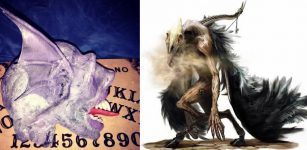 Raven Mocker And Cannibal Body Snatchers In Cherokee Mythology
Featured Stories | Jun 13, 2019
Raven Mocker And Cannibal Body Snatchers In Cherokee Mythology
Featured Stories | Jun 13, 2019 -
 On This Day In History: Unbelievable Flight Took Place – On Apr 28, 1939
News | Apr 28, 2016
On This Day In History: Unbelievable Flight Took Place – On Apr 28, 1939
News | Apr 28, 2016 -
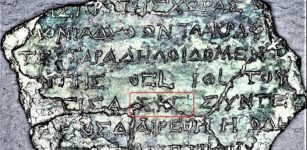 Humans Have Been Predicting Eclipses For Thousands Of Years, But It’s Harder Than You Might Think
Archaeology | Apr 20, 2023
Humans Have Been Predicting Eclipses For Thousands Of Years, But It’s Harder Than You Might Think
Archaeology | Apr 20, 2023 -
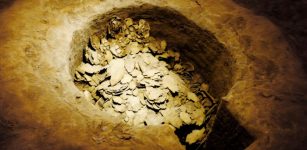 Controversial Theory Suggests Ancient Egyptians Were Founders Of Chinese Civilization
Archaeology | Sep 5, 2016
Controversial Theory Suggests Ancient Egyptians Were Founders Of Chinese Civilization
Archaeology | Sep 5, 2016 -
 Submerged Roman Villa Discovered On The Coast Of Cerveteri, Italy
Archaeology | Jun 6, 2024
Submerged Roman Villa Discovered On The Coast Of Cerveteri, Italy
Archaeology | Jun 6, 2024 -
 Kuthodaw Pagoda – ‘The World’s Largest Book’ Carved In 729 Marble Slabs
Featured Stories | Feb 24, 2018
Kuthodaw Pagoda – ‘The World’s Largest Book’ Carved In 729 Marble Slabs
Featured Stories | Feb 24, 2018 -
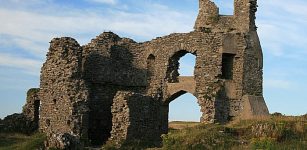 The Ruins Of Pennard Castle And The Tale Of Faeries’ Curse
Featured Stories | Mar 2, 2016
The Ruins Of Pennard Castle And The Tale Of Faeries’ Curse
Featured Stories | Mar 2, 2016 -
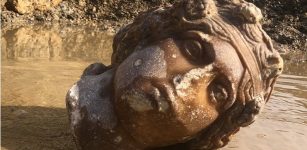 Statue Heads Of Dionysus And Aphrodite Discovered In The Ancient City Of Aizanoi
Archaeology | Dec 12, 2023
Statue Heads Of Dionysus And Aphrodite Discovered In The Ancient City Of Aizanoi
Archaeology | Dec 12, 2023 -
 Moon: What Was Its Role In Beliefs Of Ancient People?
Featured Stories | Apr 6, 2019
Moon: What Was Its Role In Beliefs Of Ancient People?
Featured Stories | Apr 6, 2019 -
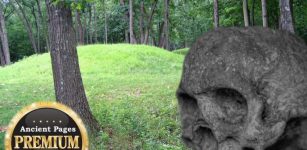 Puzzling Ancient Artifacts And Skeleton Discovered In Iowa – Evidence Of A Lost Ancient Civilization?
Ancient Mysteries | Jun 16, 2018
Puzzling Ancient Artifacts And Skeleton Discovered In Iowa – Evidence Of A Lost Ancient Civilization?
Ancient Mysteries | Jun 16, 2018 -
 Illuminati: Facts And History About The Secret Society
Featured Stories | Mar 30, 2017
Illuminati: Facts And History About The Secret Society
Featured Stories | Mar 30, 2017 -
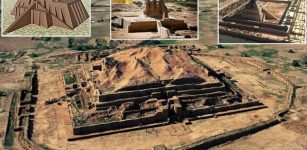 Ziggurats, Axis Mundi And Strong Connection To Religion In Mesopotamia
Featured Stories | Mar 17, 2021
Ziggurats, Axis Mundi And Strong Connection To Religion In Mesopotamia
Featured Stories | Mar 17, 2021 -
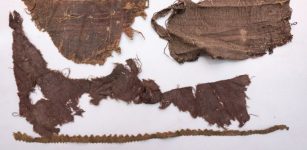 Unique Well-Preserved 16th-17th Century Fabrics And Shoes Found In Toruń, Poland
Archaeology | May 13, 2024
Unique Well-Preserved 16th-17th Century Fabrics And Shoes Found In Toruń, Poland
Archaeology | May 13, 2024 -
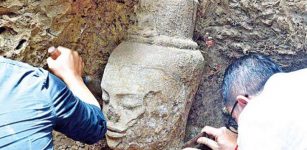 Sandstone Head Of A Bodhisattva Discovered Near Ta Nei Temple
Archaeology | Oct 15, 2019
Sandstone Head Of A Bodhisattva Discovered Near Ta Nei Temple
Archaeology | Oct 15, 2019 -
 Secret Archaeological Excavations Have Led To The Discovery Of An Extremely Rare Ancient Roman Gold Treasure In Parc Hosingen, Luxembourg
Archaeology | Jan 20, 2025
Secret Archaeological Excavations Have Led To The Discovery Of An Extremely Rare Ancient Roman Gold Treasure In Parc Hosingen, Luxembourg
Archaeology | Jan 20, 2025 -
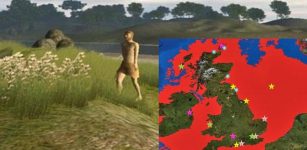 DNA From Doggerland That Separates The UK From Europe – New Study
Archaeology | Jul 20, 2020
DNA From Doggerland That Separates The UK From Europe – New Study
Archaeology | Jul 20, 2020 -
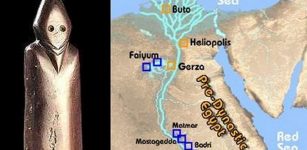 Mysterious Figurine Of Mythical Individual Dates Back To Egypt’s Naqada Culture 4400–3000 BC
Featured Stories | Sep 25, 2016
Mysterious Figurine Of Mythical Individual Dates Back To Egypt’s Naqada Culture 4400–3000 BC
Featured Stories | Sep 25, 2016 -
 Scientists Explore How Neanderthals Caught Birds In Caves For Food
Archaeology | Sep 16, 2021
Scientists Explore How Neanderthals Caught Birds In Caves For Food
Archaeology | Sep 16, 2021 -
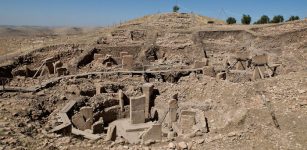 This Is The Mysterious Hilltop Where Civilization Began Scientists Say
Archaeology | Jun 24, 2022
This Is The Mysterious Hilltop Where Civilization Began Scientists Say
Archaeology | Jun 24, 2022 -
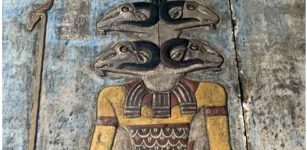 Reliefs And Engravings Of Celestial Bodies And A Zodiac On Walls And Ceilings Of Luxor’s Esna Temple
Archaeology | Oct 5, 2023
Reliefs And Engravings Of Celestial Bodies And A Zodiac On Walls And Ceilings Of Luxor’s Esna Temple
Archaeology | Oct 5, 2023


